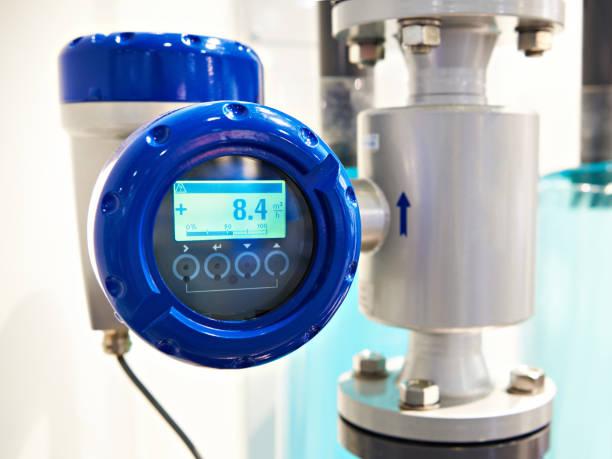
A flow meter is a tool made use of to measure the quantity of fluid or gas moving through a pipeline. This tool is an important part of any type of commercial process and is an essential tool for the safety of employees. Choosing the proper sort of circulation meter is important to guarantee your procedure runs efficiently as well as successfully. Flow meters are created to measure linear, non-linear, mass or volumetric flow prices of liquids such as water, oil as well as vapors. Learn more about mag flow meter, go here. They can be made use of in various applications, so it is vital to match the appropriate one to the specific application. Before choosing the right circulation meter, it is necessary to establish the demands for constant or totalized information as well as whether this information will certainly be relayed locally or from another location. Also, should the data be transmitted analog, digital or shared? As well as what is the minutes and also max data upgrade regularity required? After these considerations have actually been attended to, a thorough evaluation of the properties and circulation qualities of the procedure fluid and also the piping that will certainly suit the circulation meter need to take place. It is frequently useful to use a professional for this analysis, particularly if the application requires high accuracy and repeatability. Depending upon the kind of circulation meter that is being taken into consideration, this analysis might take a number of steps. A few of one of the most common are slit circulation meters, turbine flow meters and also paddle wheel flow meters. For measuring the circulation rate of fluid in open networks, slit circulation meters are preferred. These are mini dams in the wall of a vessel right into which the liquid is frequently supplied. They are extensively utilized in the water as well as drain sectors. A turbine flow meter is a reliable means to determine the rate of a fluid. This tool consists of a rotor with helical blades placed axially in the flowmeter. The wind turbine turns in a radial direction and this rotation is symmetrical to the speed of the fluid passing through it. A paddle wheel circulation meter contains a paddle that turns when a fluid travels through it. This kind of meter is most generally found in the waste as well as wastewater markets, in addition to in chemical plants where it is an economical alternative to generator meters. A Coriolis flow meter is an unhampered, open-flow meter that determines mass flow and thickness by directly determining the fluid’s inertia over a wide range of temperature levels. It is identified for its remarkable precision, ease of installation and ability to determine mass flow and density with a high level of accuracy. Besides these 3 modern technologies, there are many more flow meter types available for different applications. For example, a thermal flow meter, which is insensitive to thickness, stress and thickness changes as well as is not affected by Reynolds numbers, might be of rate of interest to some applications. A vortex flow meter, which offers cost-effective as well as precise analysis of warmth transfer liquids or other fluids using the principle of complete regularity of vortices shed by a bluff body, is another alternative. Take a look at this link https://en.wikipedia.org/wiki/Magnetic_flow_meter for more information.
Leave a comment